BSE Acquisition
With quantitative backscattered electrons (qBSE), it is possible to map the material density and to characterise distribution of phases with high spatial resolution. qBSE is generally applied to flat polished samples, but may also be applied to 3D surfaces when combined with Electron Topography for Geometrical Analysis. It may also be used for phase identification in systems of known constituents. It enables researchers to gain quantitative insights into material properties, such as crystallography, phase distribution, and atomic composition.
The qBSE system allows to unveil atomic number/Z-contrast invisible in SE techniques, create high-resolution material density maps, perform Electron Channelling Contrast Imaging (ECCI) and orientation contrast (OC), characterize hot samples, including those exceeding 1,000ºC, and capture 4k color images for SEM movies.
The system consists of hardware,softwareand selectable options.
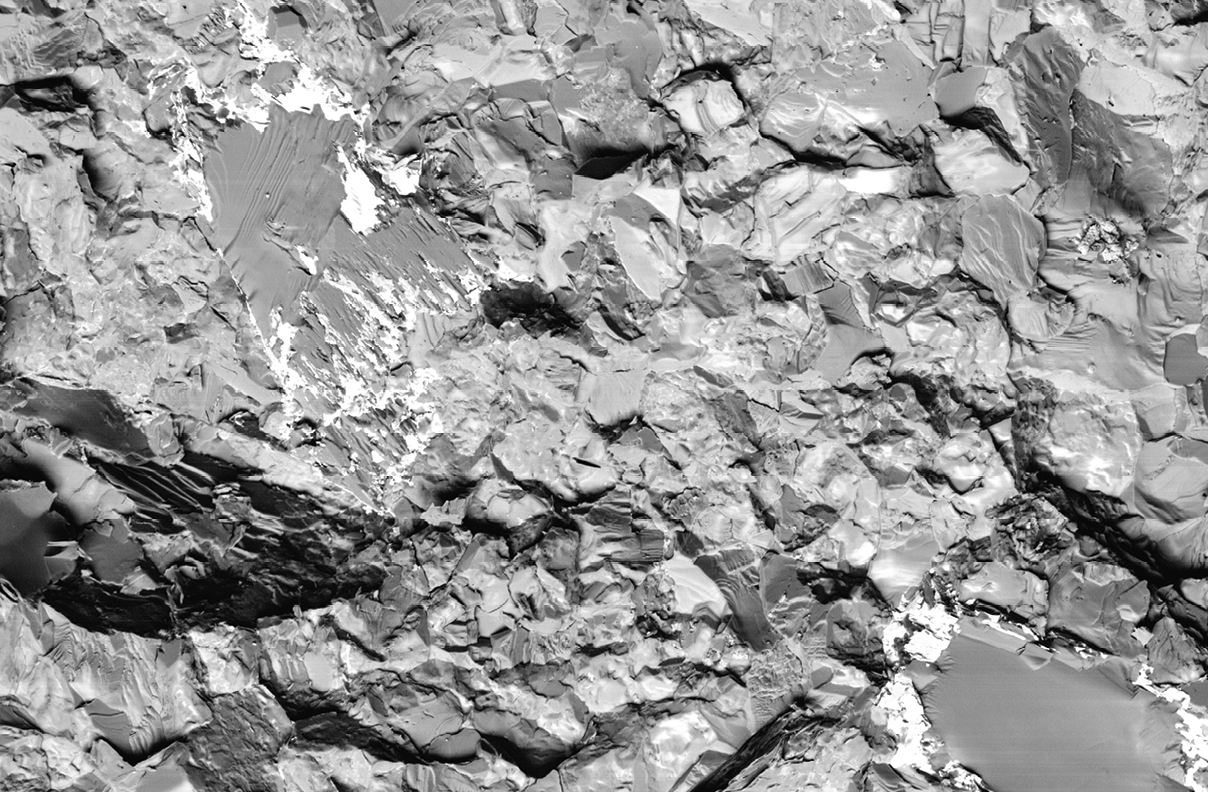
Reveal Z-contrast
- Reveal soil structure and identify mineral constituents
- Determine variations of content in biological structures
- Image shape, size and distribution of nanoparticles
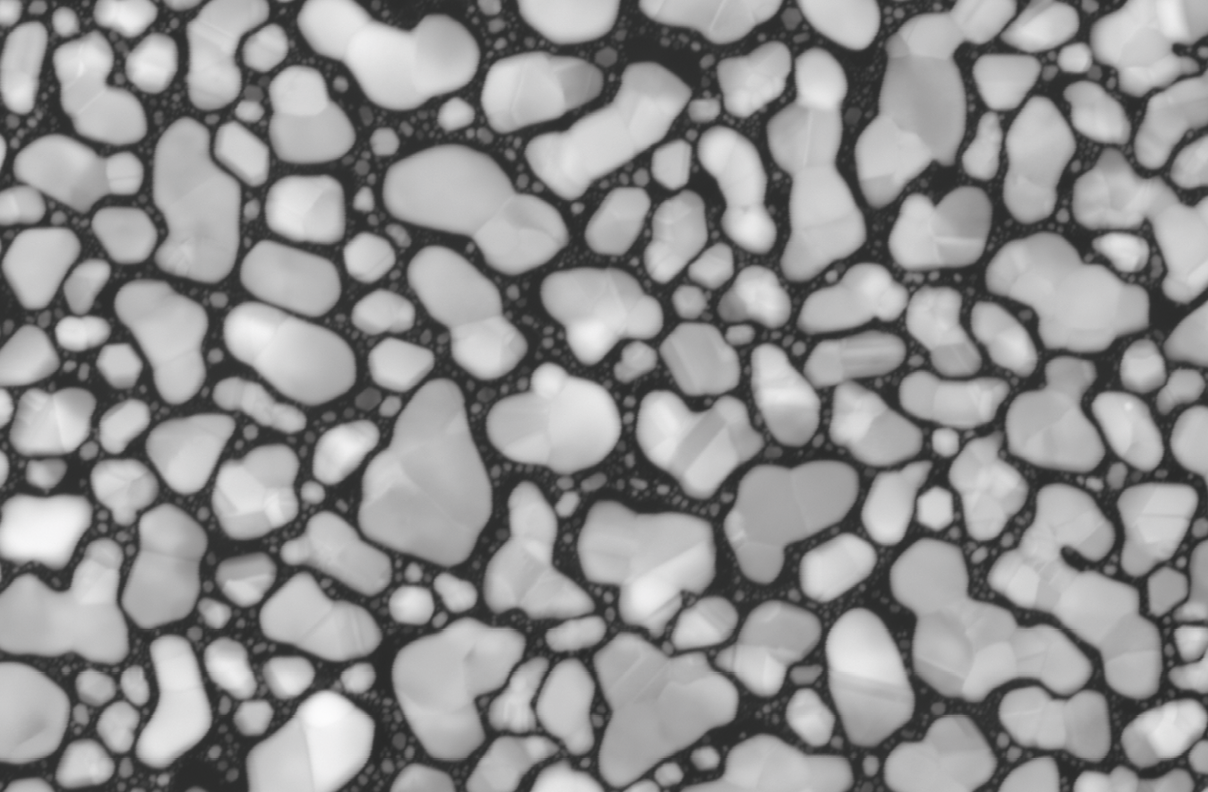
Electron Channel Contrasts
- Identify dislocations, stacking faults and grain boundaries – in the SEM
- Image crystallographic orientation of grains
- Map distortions in crystal lattice
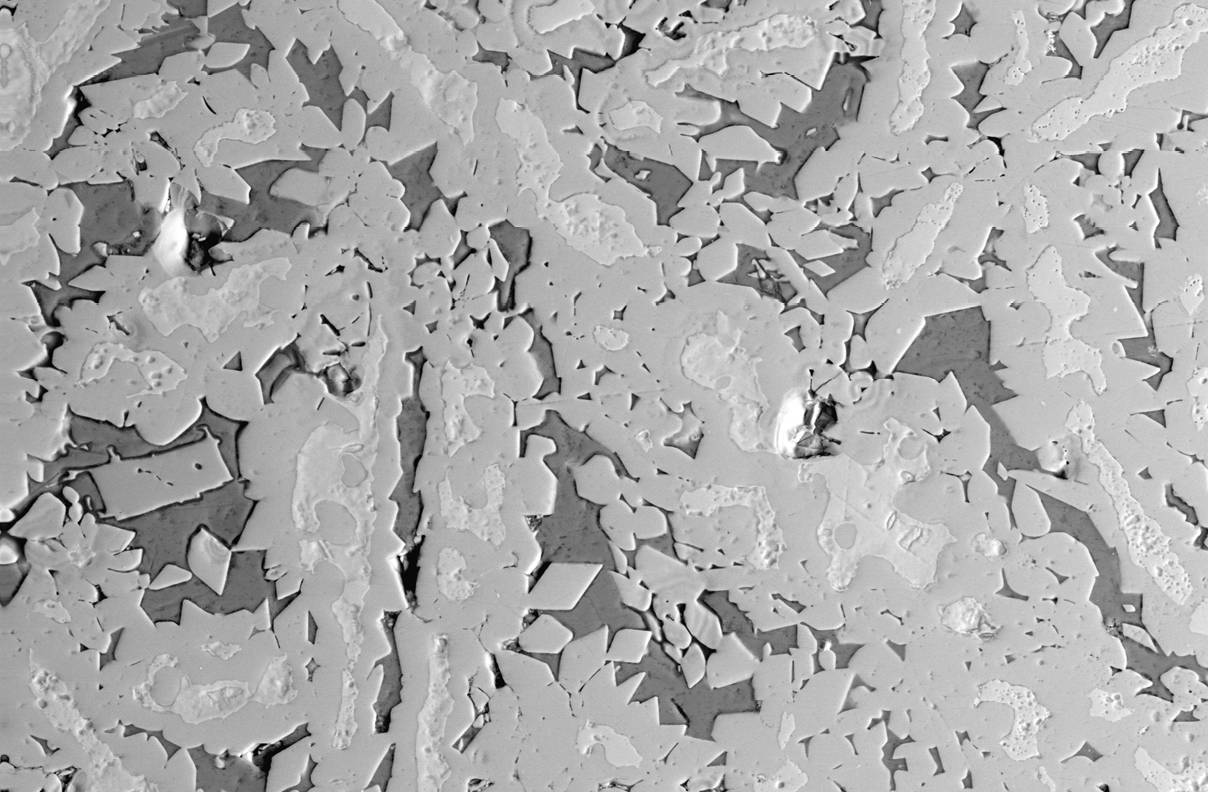
Density measurement
- Image distribution, shape of grains in steels and alloys
- Measure variations in mineral concentrations in bone
- Identify phases and measure area fractions in metal matrix composites
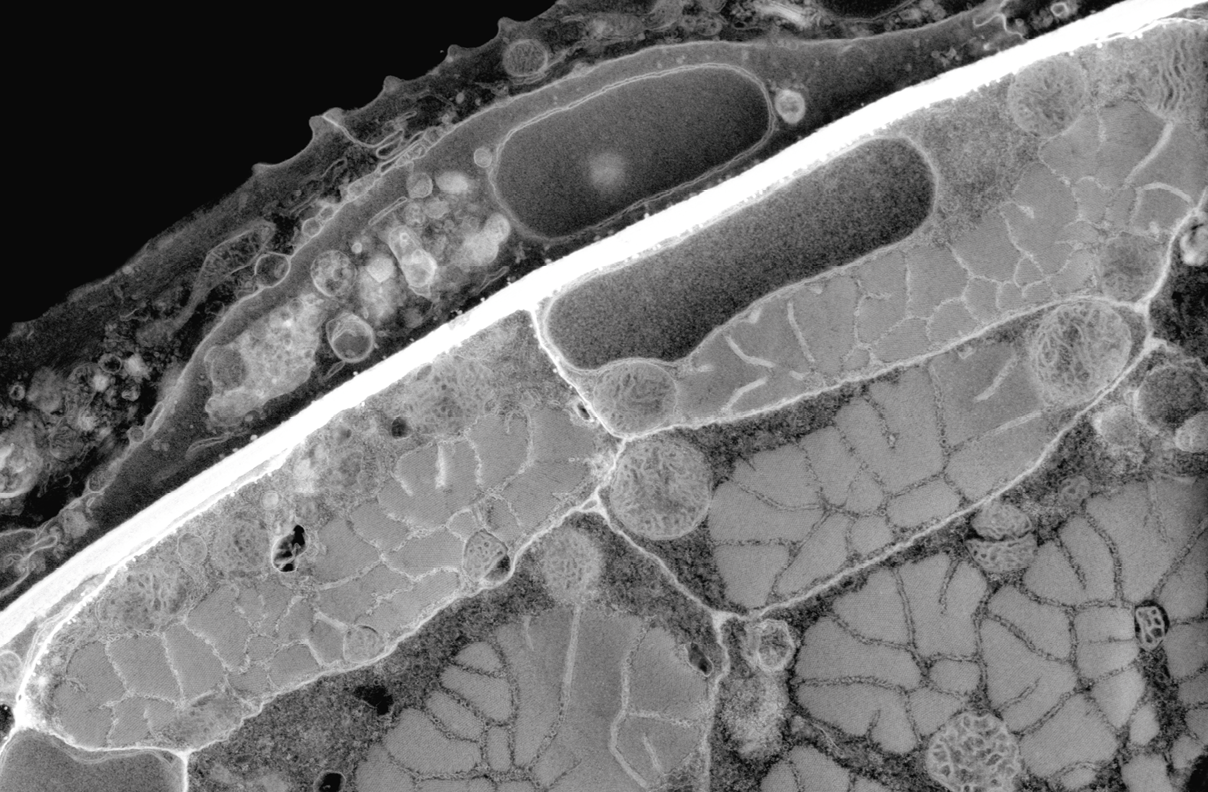
Speed up your BSE workflow
- Navigate large samples with the high speed BSE
- Align the SEM without switching to SE imaging
- Minimise specimen charging with high-speed line and frame averaging
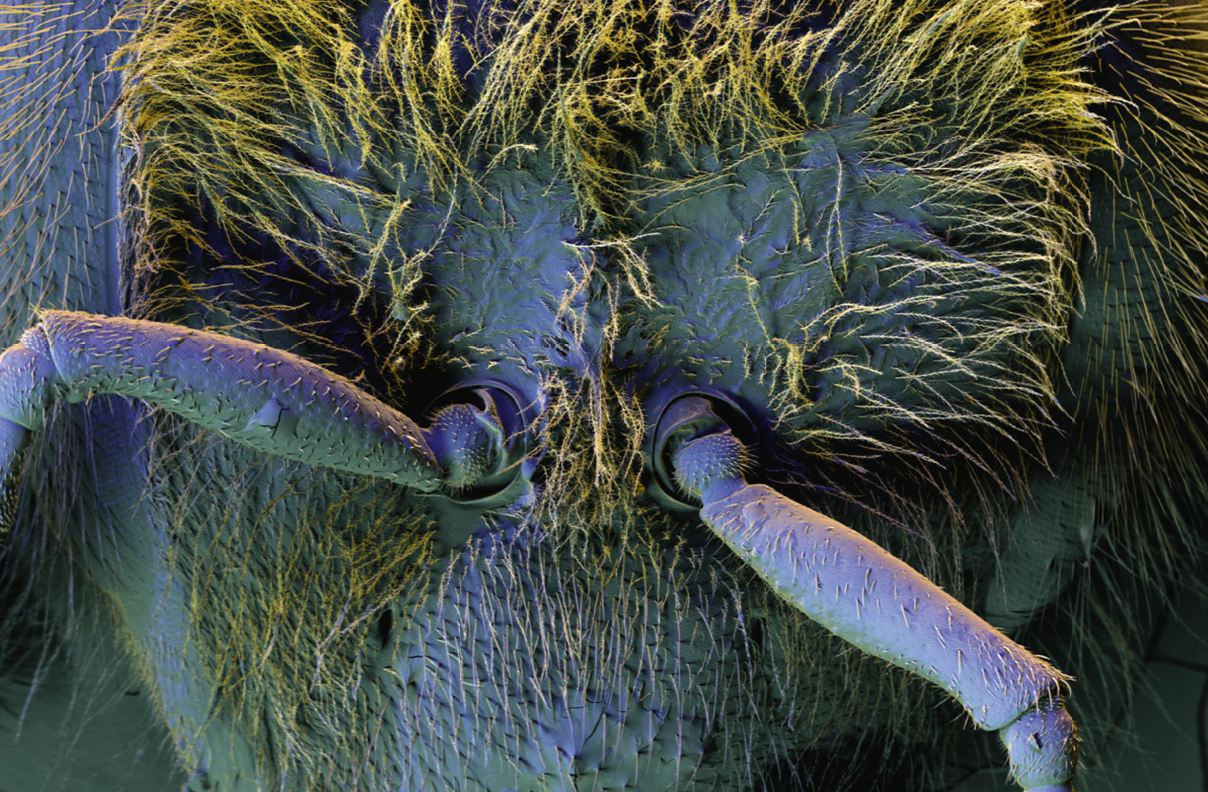
Colour images and animations
- Colourise SEM images with BSE signals
- Produce high quality images for publications
- Acquire time or rotation based series for videos
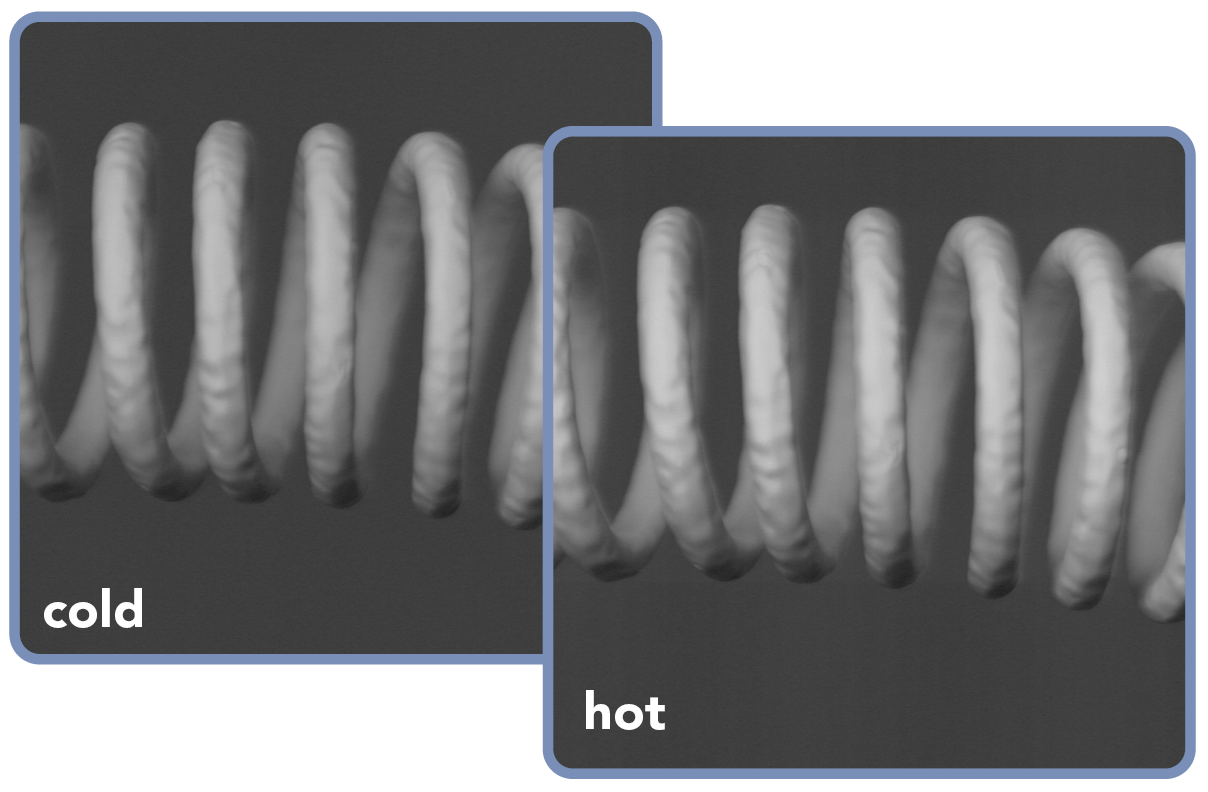
Record in-situ heating
- Observe crystallisation, recovery and sintering
- Record growth dynamics with in-situ ESEM
- Quantify creep and fracture at high temperatures
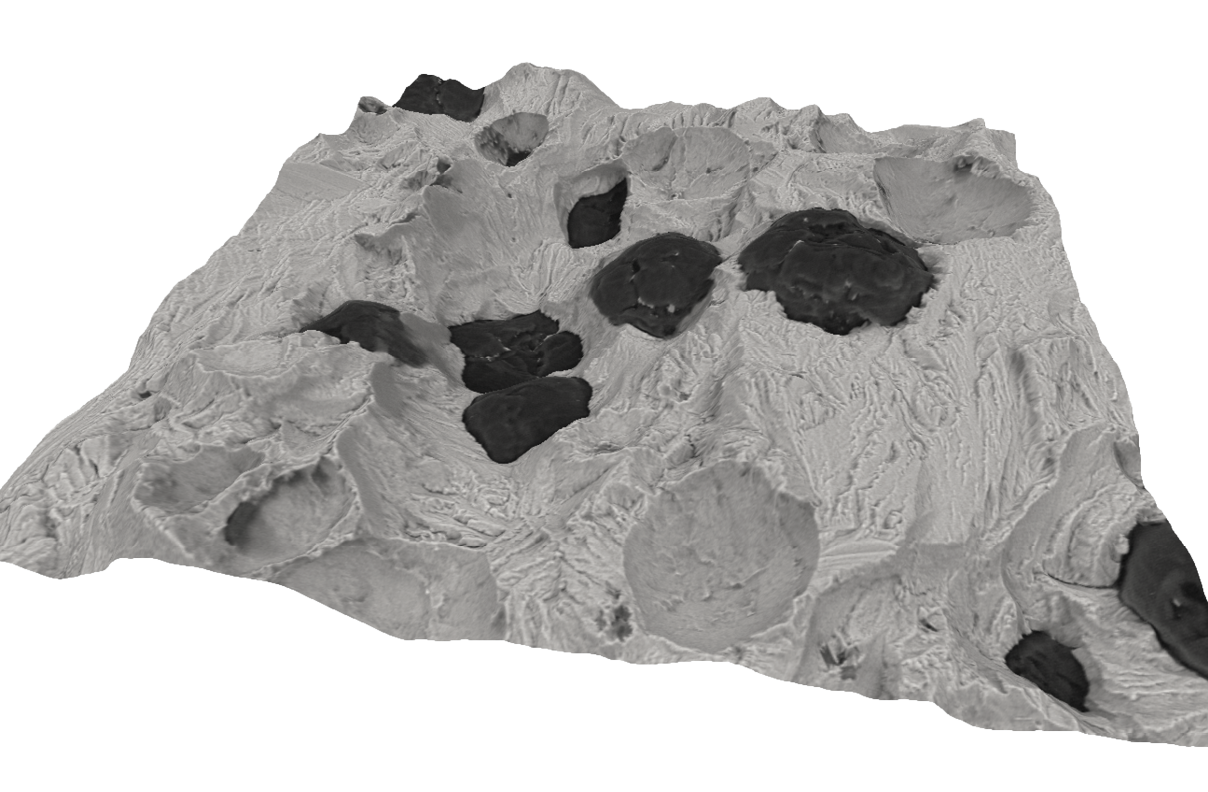
3D reconstruction
- Measure surface heights with live SEM topography
- Discover volume of biological speciments with 3D SEM
- Obtain microscopic 3D models with 3D scanning
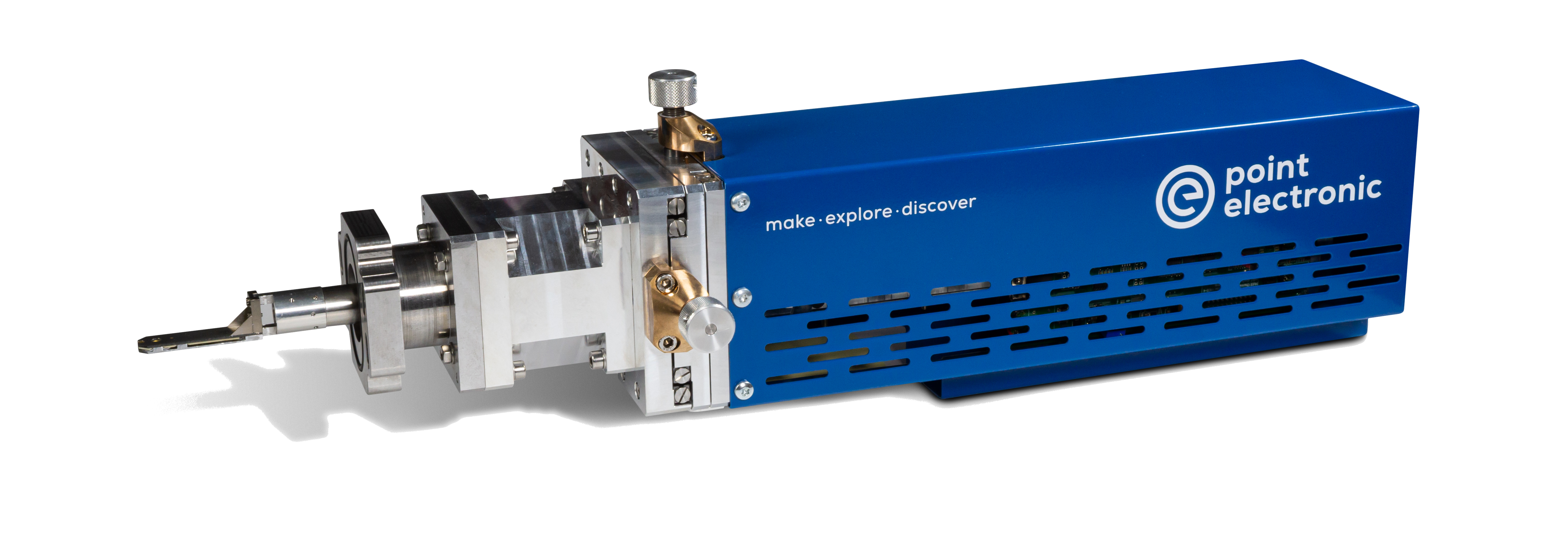
Premium BSE detector
- Four quadrant Si sensor for advanced BSE work
- In-situ preamplification for optimum efficiency and speed
- low kV sensors
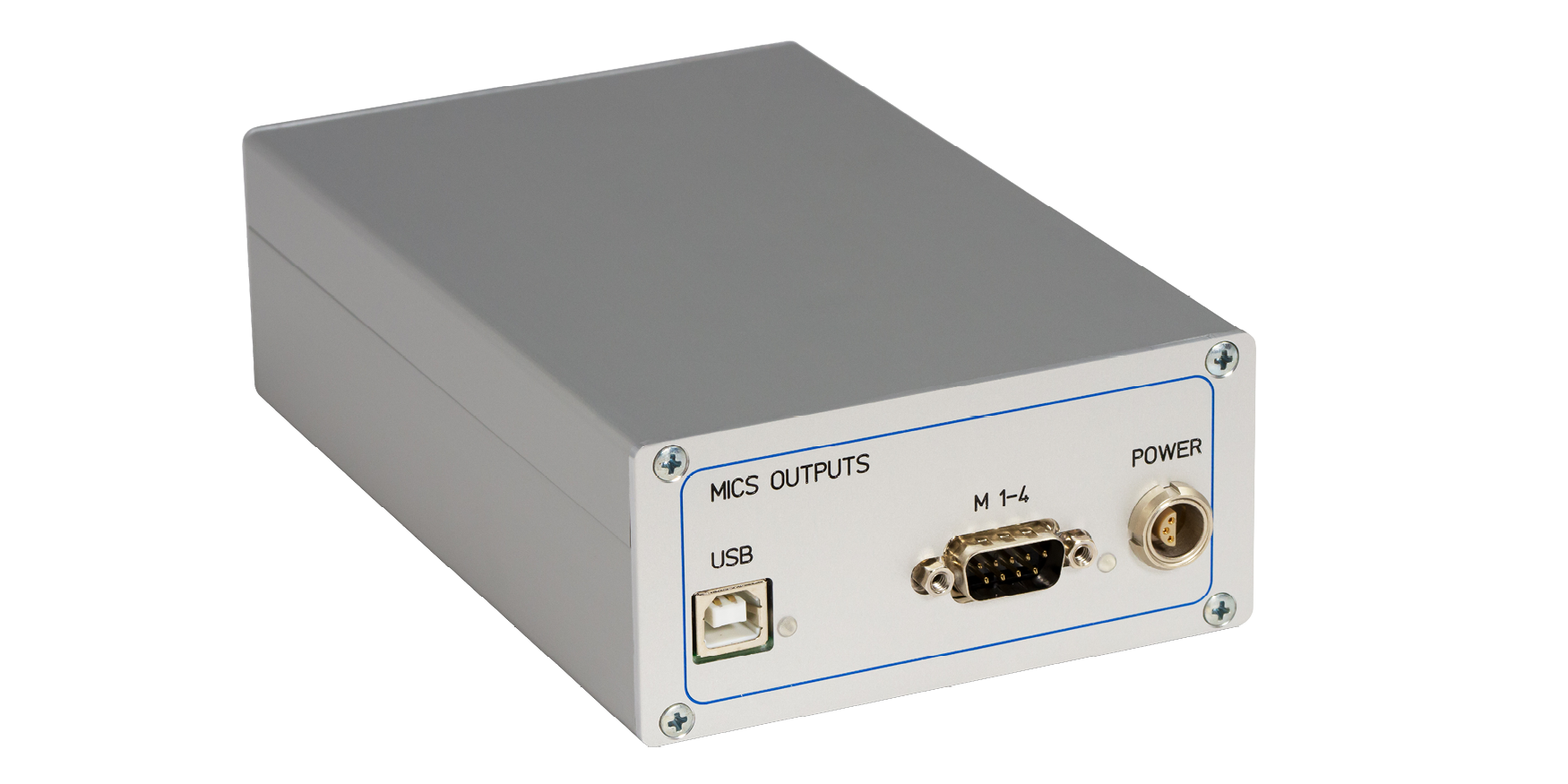
MICS signal amplifier
- For extendend imaging channels, from 4x to 16x
- Channel independendt controls for brightness and contrast
- Advanced input offset and gain controls and calibration
- USB2 controlled and fully integrated with the microscope control software
- optional installed in the BSE retraction mechanism
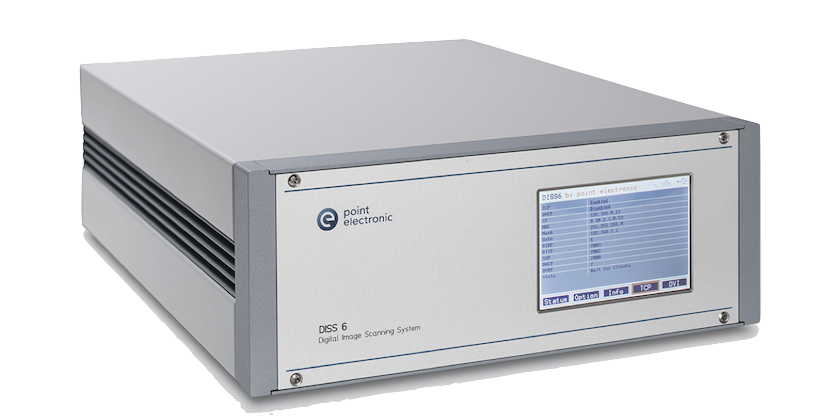
SEM Scan Controller (DISS6)
- High-performance calibrated electronics for image acquisition
- Integrated and automated amplification of BSE signals
- With truly simultaneous acquisition of all BSE signals
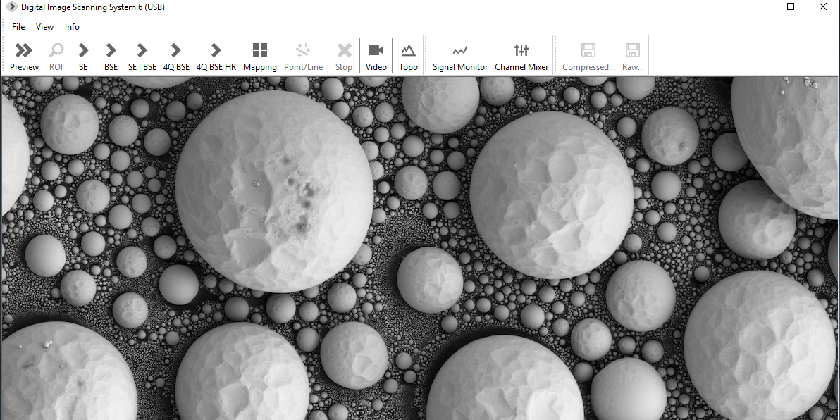
DISS6 image acquisition
- Integrated software for image acquisition and amplifier control
- Advanced tools for colour mixing, current-voltage (IV) and line scans
- Inspection and export functions of calibrated image data
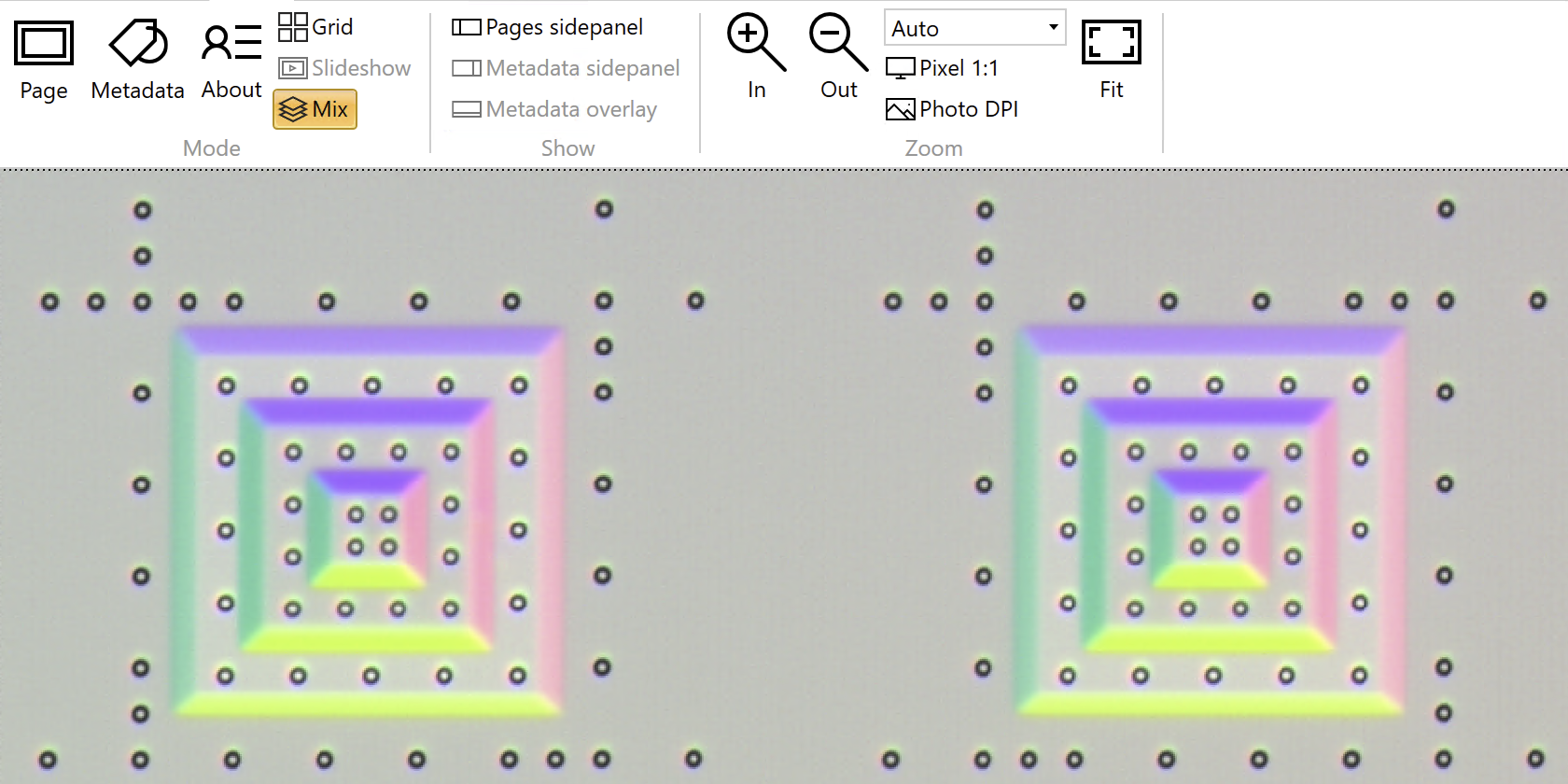
DIPS6 image processing
- Software for display of quantitative image data
- Inspection of acquisition settings in metadata
- Extraction of quantitative pixel values
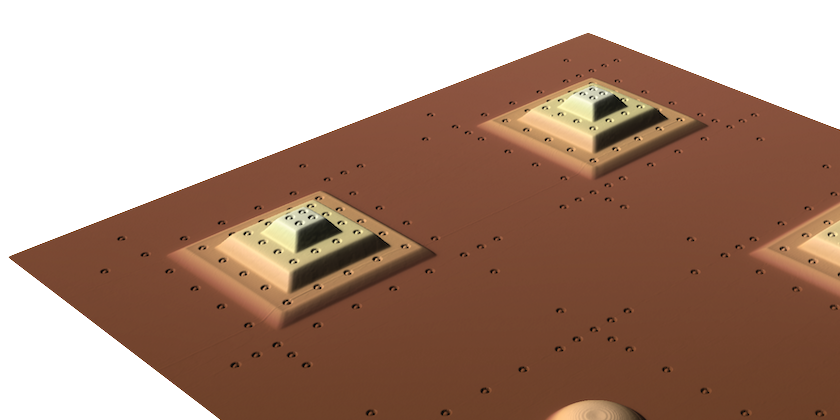
3D calibration standards
- Marker based 3D structures for X, Y, Z calibration
- Reference information traceable to Physikalisch-Technische Bundesanstalt (PTB)
- With reference marks for automated calibration
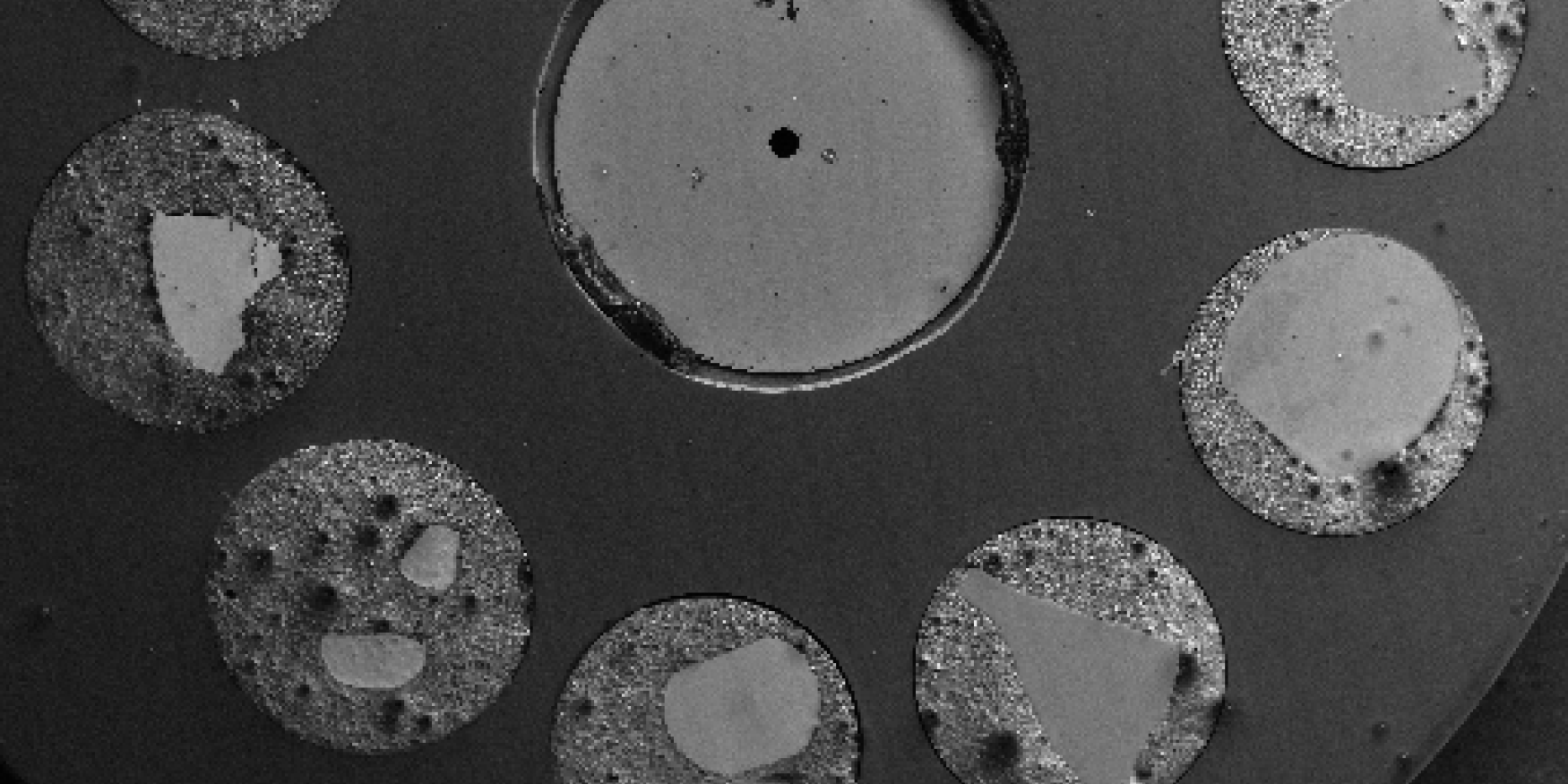
Atomic number reference sample
- SEM stub with Faraday cup and BSE reference materials
- Series of reference sample have increasing atomic number
- Surfaces of reference materials are polished for pure compositional contrast
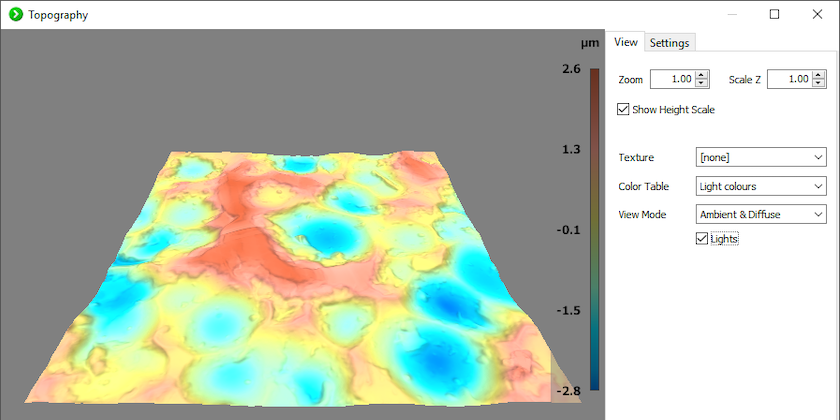
DISS6 topographic acquisition plugin
- Software for live BSE topography reconstruction and visualisation
- Quantitative image acquisition and detector control
- Height and texture save to standard file formats
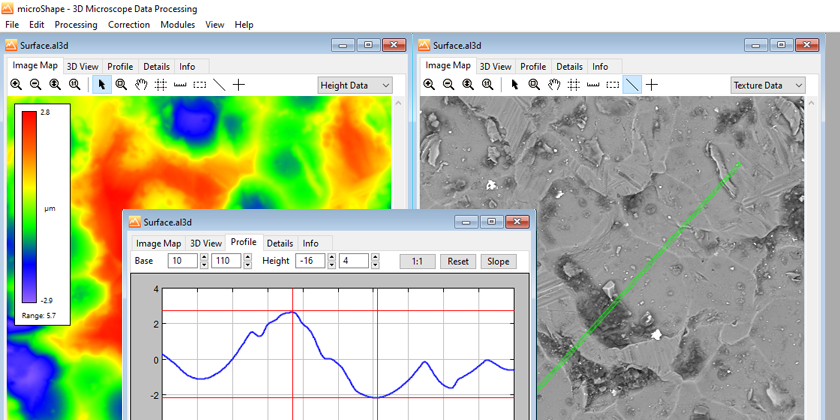
microShape
- Offline 3D viewer of BSE topography data
- Measurement of line profiles, heights, distances and angles in 3D
- 3D data processing including data correction and overlay
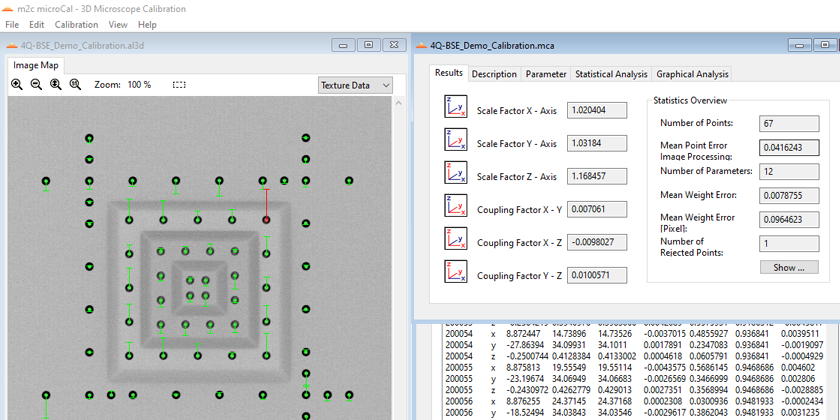
microCal
- Offline 3D calibration and reporting software
- Automated calculation of scales and shearing between all coordinate axes
- Analyses of non-linear scanning deviations